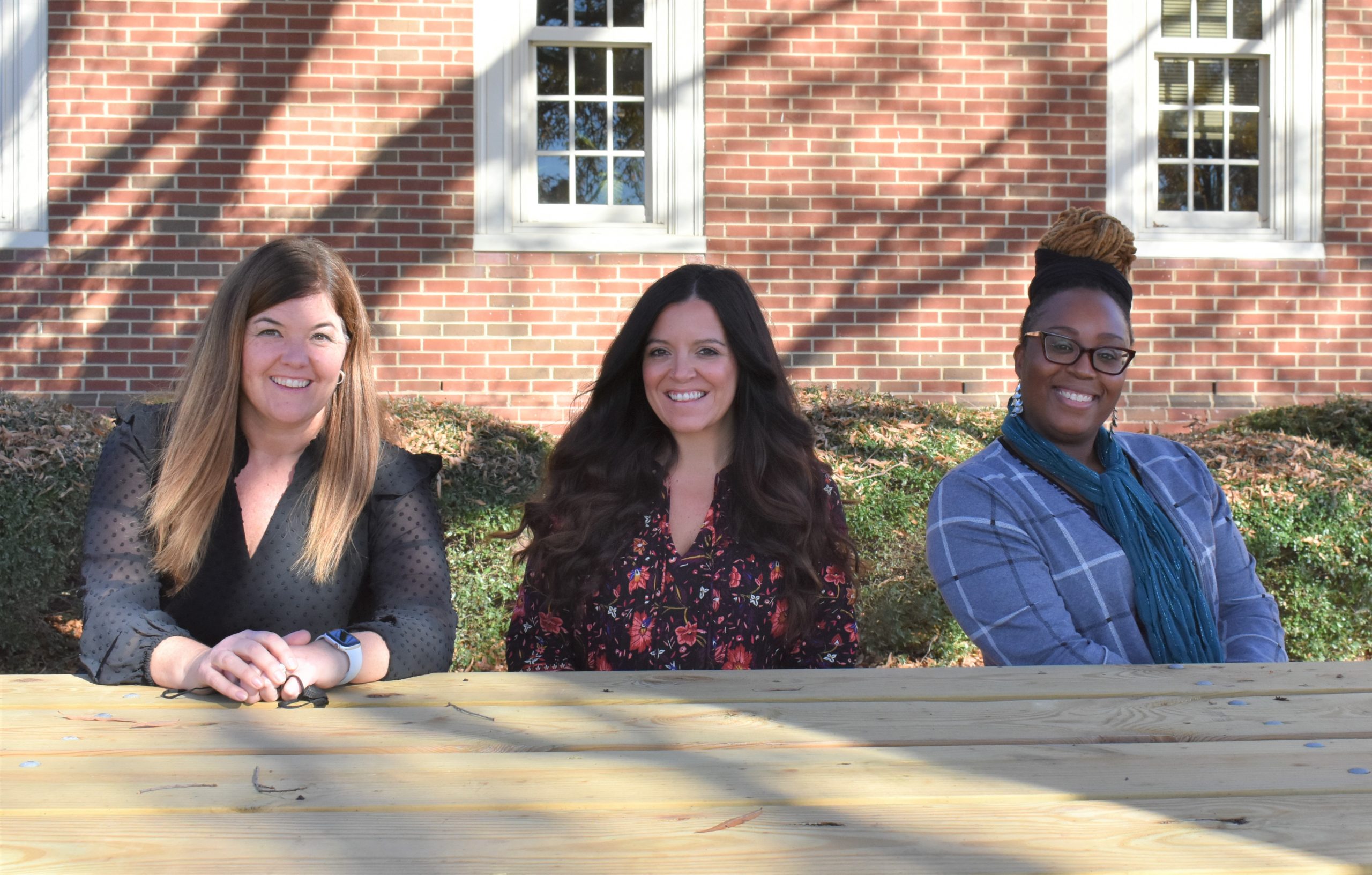–by S. Woodward
Fifty percent of teachers leave the profession within the first five years. That’s a statistic that troubled Tasha Hurst, a 15-year VBCPS educator, when she discovered it during her master’s degree work in 2006.
More than 15 years later, Hurst reports that nothing has changed. “And realistically? Teachers just start to feel comfortable around year five.”
Teacher retention indeed continues to be a nationwide problem, amplified by the struggles of managing COVID-19 over the last two years.

While reasons for new teachers leaving before they get to year five vary, the universal challenge, according to Hurst, is time.
“New teachers are busy,” she says. “They’re overwhelmed. Teaching is a hard job. They have mentors, some of whom are amazing, but they also have classes and students and grades. And I don’t think they want to ask for help when they really do need it. I feel like our new teachers need people who have the time to be in the classroom with them, helping them to grade, helping them to plan.”
Enter Stephanie Wyman, a 26-year VBCPS veteran teacher, who collaborated with Hurst for years on Teacher of the Year and Learning Walk committees. They also participated in Teacher Forum where, in 2018, the topic of supporting new teachers was top of mind and it became clear that, according to Wyman, “we needed to do a better job.” They brainstormed an idea of having experienced educators available to support all new teachers from day one on the job, but as their sole occupation, not in addition to classroom responsibilities. Teacher retention liaisons.
“If we had a dream job, it would be this,” Hurst explains.

They had set up meetings with Superintendent Aaron Spence to pitch the idea, but COVID-19 put those on hold until July 2021, when they were finally able to present their plan. School Board approval, job descriptions, funding and office space were secured by October. Wyman moved into the School Administration Building then as the liaison for elementary schools, followed by Hurst for high schools and Tiffany Young for middle schools in November.
Young had worked as an educator in four other states and was serving as an administrative assistant with VBCPS when she got the call about the new job opportunity. She was so passionate about supporting new teachers, “I jumped at it sight unseen,” she recalls.
As part of the human resources department, the team assists with teacher onboarding, supports the Virginia Teachers for Tomorrow program, collaborates with coaches and mentors in the school buildings and, once COVID-19 issues have diminished, will be traveling to colleges to recruit.
But their primary job is working with teachers in their first three years in the classroom.
“Anything we can do to help them,” says Wyman, “just so they have an extra moment to breath and realize, ‘OK, I can tackle this. I can get through this lesson successfully.’”
The liaisons have, collectively, about 70 new teachers they’re working with currently. Some are teachers referred by their principals, others reached out directly to the team.
“Every teacher so far has been different in what they need,” Hurst reports.
Even so, all three of the liaisons agree that classroom management support was the common need across grade levels. Wyman says that current second year teachers started their careers in a virtual classroom environment, “so their classroom management was impeccable online. They know how to access the curriculum they know where things are. But putting it in place with 27 sets of eyes staring at them is a little bit different.”
Hurst gives an example of a teacher who was stressed because she felt that her students talked too much in class. Hurst went to the classroom, observed and discovered that the students were indeed talking a lot. But, as she told the teacher, “everything they’re saying is about your lesson! They’re very engaged, you have to give them time to talk.” Together, they worked out a plan where the teacher used a timer as part of the lesson plan. Problem solved; stress diminished. Hurst explains that it’s her own experience that gave her the knowledge and confidence to solve that problem much more quickly than if the new teacher were left on her own.
Young agrees. “They would absolutely get there eventually, but in the culture and climate we’re in now, we don’t have time for swimming lessons. They have to dive right in.”
Funding for the teacher retention liaison initiative comes from an Elementary and Secondary School Emergency Relief (ESSER) grant that lasts for three years. School leadership will review the program in the second year and determine then if it will become part of the division’s operating budget.
They are tracking progress “as numerically as we can,” promises Wyman. “The goal is to grow the job.” They hope to add special education and prek-K1 liaisons to the team someday.
Hurst refers back to everyone’s big challenge: time.
“We used to have time for teachers to struggle for a couple of years, because they’d stick around. But now they may not. So, let’s take away a little of that struggle,” she says. “Our new teachers, they come into this profession with so much passion. They are here because they want to be. If we can help to combine their passion with a little bit more effectiveness, then we have done our job.”


What an insightful idea!!!!! I absolutely love this! Are all principles aware of this? How/who do we contact when the need arises? It seems as if 3 (1 per school level) is not enough for the need!